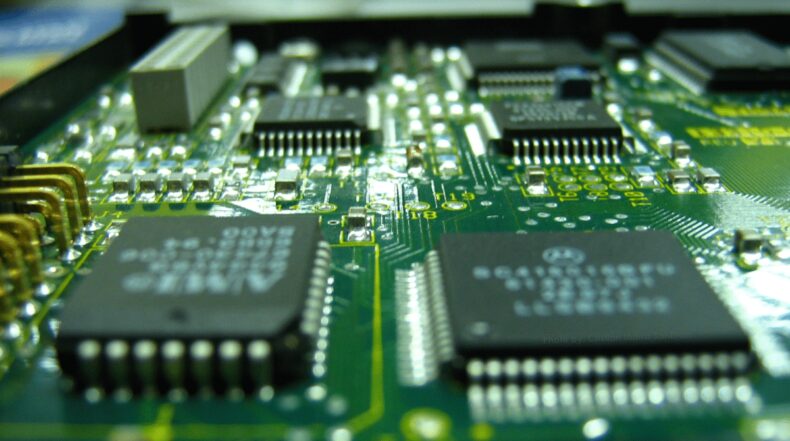The widespread global chip shortage resulting from the covid-19 crisis has thrown up vulnerabilities in the global semiconductor supply chain and has raised the geopolitical tension between China and America.
Why is semiconductor so important?
The rapid innovation of technology has resulted in tiny integrated circuits packing billions of electronic components in a few square millimetres.
These semiconductors enable functions such as high-computing, operations control, data processing, storage, input and output management, sensing, wireless connectivity, improved efficiency and power management — all this at a viable cost.
These small chips bestow the state-of-the-art status of everyday electronic items, ranging from electronics to automobiles, ATMs, clean energy products, and countless other applications.
In the era of emerging technologies, blockchain is gaining utmost prominence among various industries.
Smart cities worldwide have pledged to improve services by connecting every aspect of civic infrastructure on a wide scale.
The need for specialized sensors, integrated circuits, and enhanced processing is in high demand, powered efficiently by semiconductors.

The complexity of chip production
The process of manufacturing a chip is itself one of the most complex procedures. The whole process of sourcing its raw materials to design the chips is customized, following different industries‘ needs.
It involves dependencies across several countries, with around more than 1000 steps and 70 country border crossings.
Over the last 15 years, the supply chain of semiconductors has been booming like anything.
Companies worldwide began shifting towards a fabless model and took advantage as they began to invest heavily in this leading-edge manufacturing technology.
And today, countries like Taiwan and South Korea collectively account for more than 81% of the global markets in foundries, leading to the heavy reliance of western companies on the Asian markets.
The push for self-sufficiency
The key to understanding the geopolitics of semiconductors, which countries dominate and why the USA is trying to boost its domestic capacity lies in the grip with the supply chain and business models.
The US has always dominated the business model of semiconductors, with companies like Intel who manufacture and design their chips.
Then what went wrong in the last 15 years with the US business model that made the table turns.
If a company like Apple wants to introduce a new chip for its latest iPhone model, they have to depend on TSMC and Samsung for manufacturing.
Some experts believe that Taiwan’s and South Korea’s last 20 years of success in wafer fabrication is due to their massive capital investment, supportive government policies and skilled labour force.
But these countries rely heavily on equipment from the US, Europe and Japan, which given a cheerful hand to the US to make a come-back in the global supply market.
The global semiconductor shortage due to the covid-19 crisis has also provided the US with a good incentive.
It has reportedly earmarked billions of dollars to make a momentum shift for dominating the semiconductor market and is also looking for alliances in different nations.
Meanwhile, China is also trying to push self-sufficiencies amid US moves to cut from essential supplies through huge investments and tax incentives.
At the core of this next-generation technology, semiconductor chips are a game-changer. Every country wants to have a grip over this high performing technology, which has led to a tech war among big companies and mainly US-China.













